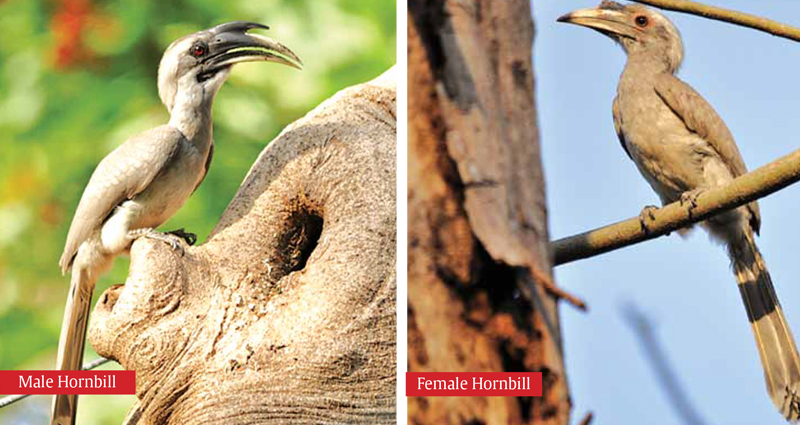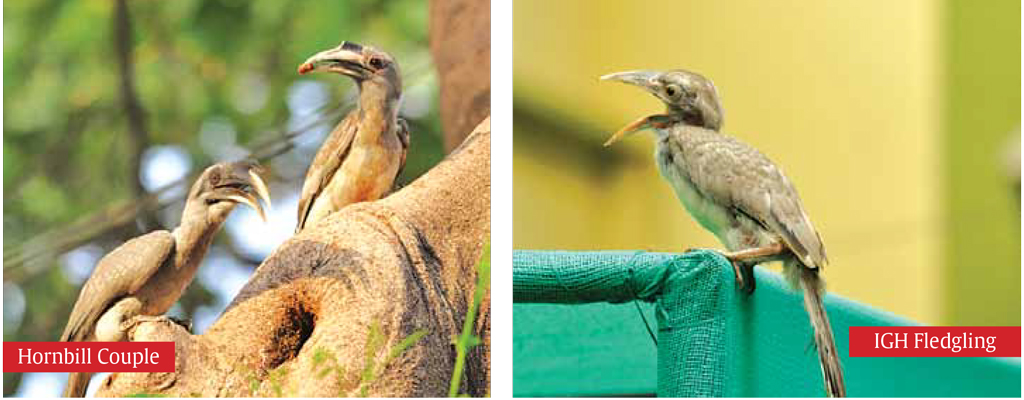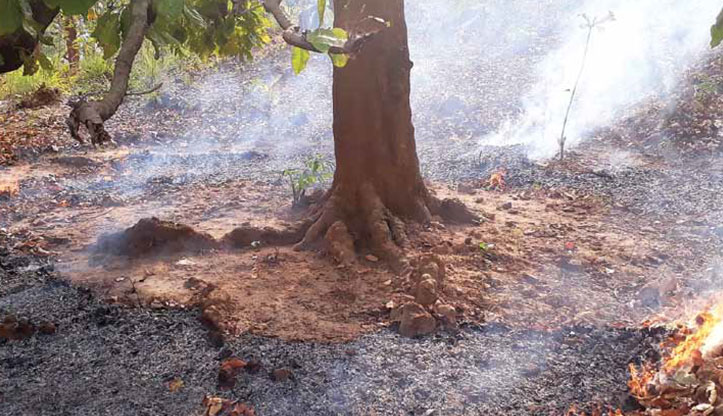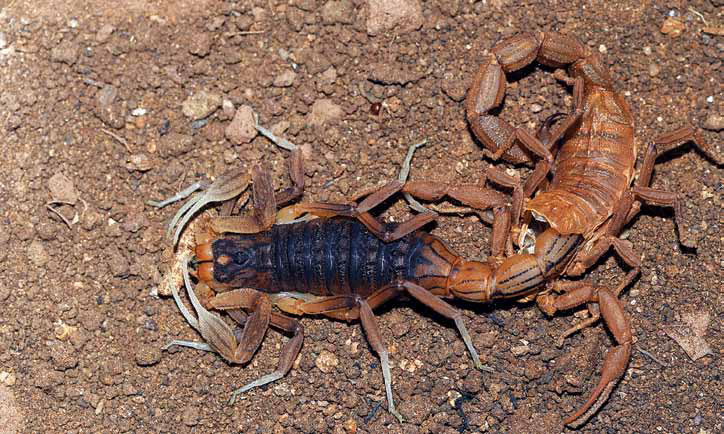
The Hornbills
By Ajay Gadikar
The Hornbills has always fascinated me, may it be because of their unique casque on their beaks or their unique nesting style, but they had created a lot of interest for me to study them.
Although I had traveled to many parts of the country to see the different species but the one species that I kept my concentration to is the Indian Grey Hornbill. I never knew that such clumsy looking birds could become one of my favorite. Now it’s been more than a decade that I am trying to observe their nests and understanding their breeding ecology of Indian Grey Hornbill (IGH) in Indore.
Each year I observe a certain number of nests during the nesting season and try to document the nest success apart from other valuable data.
Most of my nests that I study are from the Residency area of the Indore city, which still holds a good number of large trees, important criteria of any hornbill habitat.
The data collected in so many years of hornbill study has shown a considerable success in their nesting and while doing so I had also been able to depict some of their unique adaptations in the human dominated landscape.
The Indian grey hornbill, known to be monogamous, is called as Dhanesh in Hindi. Their breeding season commences in Feburary-March. To nest, these birds use natural cavities or coaters (naturally formed holes) in tall trees such as Gulmohar, Neem, Peepal, Banyan, Silver oak, Jamun etc. Outside their breeding season these birds are frequently seen in morning and evening feeding and indulge in various social interactions like bill grappling, aerial jousting and erratic chases in the higher canopy of trees.
Indian Grey Hornbill nesting is very unique. When it is time to lay the eggs, the female hornbill enters the hole of the tree trunk and does not step out into daylight again, until it hatches the eggs and the babies are at least one and half month old, which means she remains under the nest cavity until 60 to 65 days.
The female starts to seal the nest cavity once she enters inside, only a narrow slit of size 2-3 cm wide and 8-10 cm long remains open, from where the male feeds the female. The materials used to prepare the wall are mud, fruit pulp and her own droppings. Once inside the hole the female solely depends on the male for her diet.
It is very hard to imagine that a free-flying bird confining herself for a two and half month prison. The female hornbill answers the call of motherhood by sacrificing so much. Once inside the nest, the female lays 2-3 milky white eggs and incubates them for around 20-25 days. During the incubation period, she is known to shed her flight wings and depend totally on the male for all her food requirements.
With his mate safely ensconced in the nest, the male hornbill had to forage for long distances to collect the food. The hornbill diet mostly consists of figs, the fruits of Jamun, Neem, Bargad or Banyan, Peepal and Gular, or ficus, and luckily for these hornbills, the nest was well located near plenty of large fruiting trees.

The male would hold the fruits in his throat, and regurgitate them one by one to feed his partner in the nest. Many times he would also bring her insects as well. I observed that in a single day he would ferry 125-160 food items (around 5-10 tidbits each time) in around 20-25 trips to the nest, from 5.30 am to 7.30 pm.
For the first time, I also observed that the hornbill also feeds on chapattis and sweets – certainly a surprise to us.
It appears that Hornbills have started adapting to urban environments, where fruit-bearing trees have dwindled in number, due to the felling of trees for housing and infrastructure, and sometimes, due to the vagaries of climate, fruit either earlier or later than usual.
As soon the chicks hatched, their calls for food could be heard and the father increases the supply of food to cater to the chicks’ insatiable appetites too. When they are about one – and – a – halfmonths old, roughly they gain half the size of their parents, the space inside the nest began to become congested. It is the time for the mother to emerge from the coater. Many times I watched the female breaking the wall to get out of her self-confined prison. But since the cavity hole had narrowed further due to some hardened mud pieces, her escape is mostly very painful. Some times she even get stuck and killed also. Once the female is out of the nest, the chicks had to fend for themselves, they start building exactly the same kind of wall their mother had, using fruit pulp, a little bit of mud that remain inside the nest and their own sticky droppings. It is incredible to see. No one taught them how to do it; it is nature’s way to let them learn by themselves. The male and female kept watch on their activities by perching on nearby branches. The young ones grow fast and chirps loudly on their parent’s arrival. I could see they begin to understand and respond to the world around them. The father came to the nest and fed them every few hours, the female Hornbill also assumes some of the responsibility, but the major task of feeding still rested with the male. The chicks were also fed with grasshoppers and other insects–rich sources of protein that helps them grow faster. When the right time came, the female lured the chicks with food to motivate them to fly. These tiny babies by now were clearly restless to emerge from the nest with their new flight wings. While watching, I imagined that for this Hornbill couple, the moment would be akin to how we humans feel on seeing our child take his or her first few staggering steps. Finally one day the chicks lefts the nest and take their first flight to the open sky. It gave immense pleasure to see this heartwarming scene




